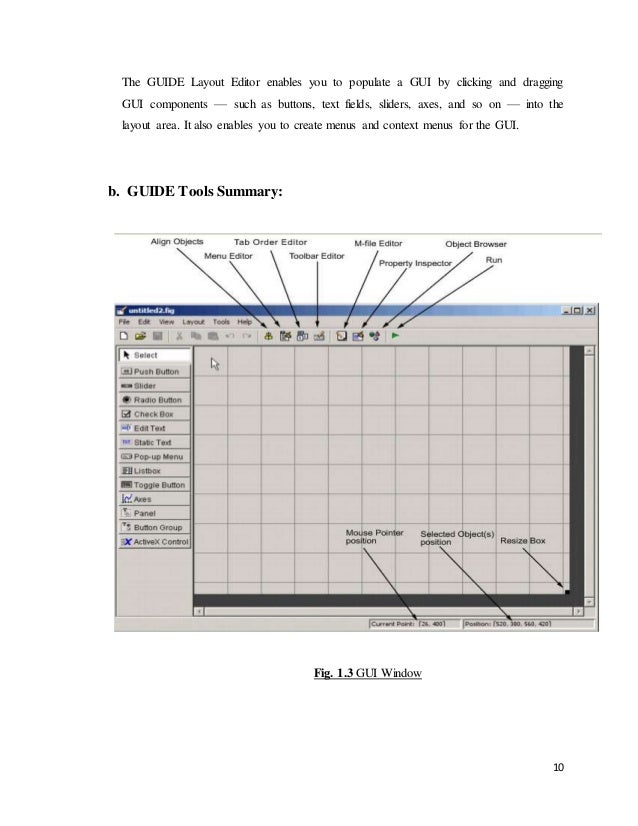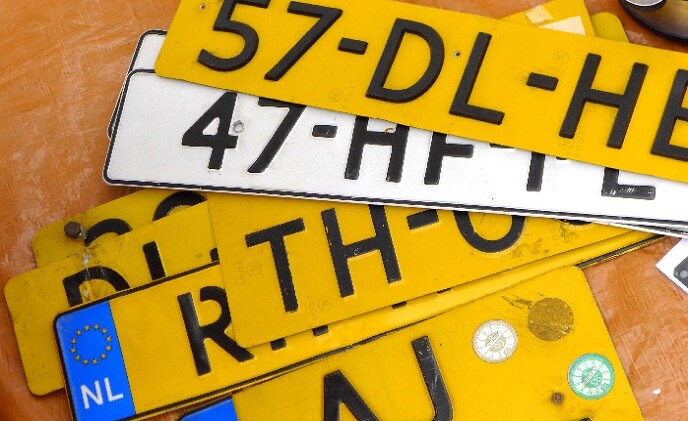
License Plate Recognition Source Code Corporation
• 885 Downloads Abstract Automatic number plate recognition (ANPR) systems are becoming vital for safety and security purposes. Typical ANPR systems are based on three stages: number plate localization (NPL), character segmentation (CS), and optical character recognition (OCR).
The entire source code can be run, realized the license plate image preprocessing, license plate location, morphological filters, Vehicle license plate character segmentation, license plate recognition, and other functions.
Recently, high definition (HD) cameras have been used to improve their recognition rates. In this paper, four algorithms are proposed for the OCR stage of a real-time HD ANPR system. The proposed algorithms are based on feature extraction (vector crossing, zoning, combined zoning, and vector crossing) and template matching techniques. All proposed algorithms have been implemented using MATLAB as a proof of concept and the best one has been selected for hardware implementation using a heterogeneous system on chip (SoC) platform. The selected platform is the Xilinx Zynq-7000 All Programmable SoC, which consists of an ARM processor and programmable logic. Obtained hardware implementation results have shown that the proposed system can recognize one character in 0.63 ms, with an accuracy of 99.5% while utilizing around 6% of the programmable logic resources.
In addition, the use of the heterogenous SoC consumes 36 W which is equivalent to saving around 80% of the energy consumed by the PC used in this work, whereas it is smaller in size by 95%. Modern cities are implementing intelligent transportation systems (ITSs) as they are an essential part of the infrastructure especially with the increase of population and number of vehicles.
The system that identifies vehicles by recognizing their number plates (NPs) is known as an automatic number plate recognition (ANPR) system and it is a part of ITS. It does not require any pre-installed equipment in the vehicle. They are used for several purposes including car park management, law enforcement, counter-terrorism and security, tolling, traffic monitoring, vehicles tracing, and cloning prevention [,,, ]. Car cloning is a car identity theft that is achieved using a false NP.

Typically, an ANPR system consists of three stages: number plate localization (NPL), character segmentation (CS), and optical character recognition (OCR). The NPL stage localizes the vehicle’s NP in an input image. The CS stage segments the characters of the plate from the localized NP. The OCR stage encodes the segmented characters to text, which corresponds to the vehicle’s NP. Therefore, the OCR process is critical as identifying one character mistakenly results in wrong vehicle identification [, ].
Stars Pratt and Howard return alongside executive producers Steven Spielberg and Colin Trevorrow for 'Jurassic World: Fallen Kingdom.' They are joined by co-stars James Cromwell, Ted Levine, Justice Smith, Geraldine Chaplin, Daniella Pineda, Toby Jones, Rafe Spall and Isabella Sermon, while B.D. Jurassic world toys target. Wong and Jeff Goldblum reprise their roles. • • Rent $5.99 • Buy $19.99.
Since old ANPR systems were implemented using powerful computers that had power, size, and cost issues, researchers are motivated to develop new systems that are compact in size, cheaper, and power efficient through utilizing improved algorithms that require less resources [ ]. Moreover, new systems target processing high definition (HD) images instead of standard definition (SD) images.
The reason is that HD images improve the recognition rate of the ANPR system and increase the area covered by a single camera. Thus, HD cameras could cover multiple lanes instead of dedicating an SD camera for each lane, which reduces the cost. Nevertheless, using HD images requires more time to process one image since HD images have more pixels than SD images.
In fact, this introduces a challenge for designers and engineers to achieve real-time processing [ ]. However, researchers were able to overcome this impediment through implementing their systems using field programmable gate array (FPGA), digital signal processor (DSP), or heterogeneous system on chip (SoC). Heterogeneous SoC consists of two or more processing units that have different architectures such as an FPGA and a DSP. In this paper, the aim is to develop and implement the OCR stage for a real-time HD ANPR system.
The system should be implemented on a SoC platform that allows the processing unit to be placed within a HD ANPR camera housing. Moreover, the proposed system will process NPs that consists of numeral characters only.
Qatar, United Arab Emirates, and Kingdom of Bahrain are some of the countries that have single font numeral characters NPs as shown in Fig. Game winning eleven 2010 psx iso converter. The proposed system will process HD car images of resolution 960 × 720 in real-time.
In other words, each frame will be processed in less than 40 ms which is equivalent to 25 frame/s. The selected algorithms to implement this stage are based on the fact that the NPs consists of numeral digits only. Four algorithms are developed based on feature extraction and template matching techniques. The four algorithms have been implemented using MATLAB as a proof of concept and the best algorithm, in terms of execution time, and recognition rate has been implemented on a heterogeneous SoC platform. The selected platform is the Xilinx Zynq-7000 All Programmable SoC, which is a heterogeneous platform consisting of two processing units: a programmable logic (PL), which is basically an FPGA, and a processing system (PS), the ARM Cortex-A9. The three stages of the developed HD ANPR system should be implemented using one chip only; thus, it is critical to optimize the hardware implementation to achieve an optimum recognition rate while meeting real-time processing. OCR algorithms are important and widely used to translate the content of scanned images into encoded text.